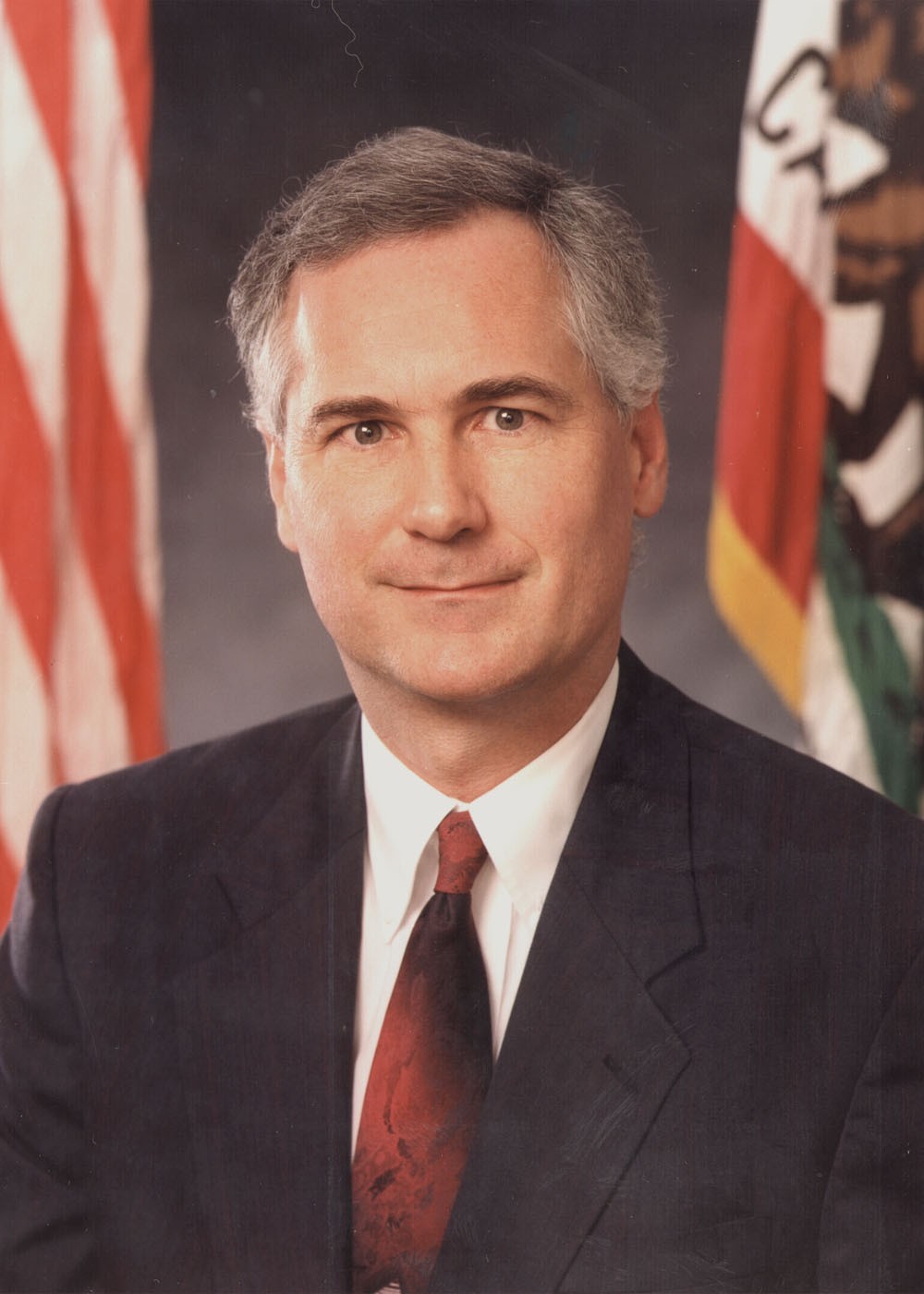Last week we featured a column from State Senator Tom McClintock critical of a decision by the California Air Resources Board to require that 10% of gasoline be made up of ethanol. Yesterday, former California Secretary of State, now Chairman of the Board of Pacific Ethanol Bill Jones responded with this column.
Last night Senator McClintock sent me the following ‘rebuttal’ to Jones’ response, which I am publishing to further this outstanding discussion! The Farce About Ethanol…
The Farce About Ethanol…
By State Senator Tom McClintock
In response to my blog, “Ethanol Economics,” Former Secretary of State Bill Jones (now Chairman of Pacific Ethanol), made five key points in his piece, “The Facts About Ethanol.” Just for fun, let’s run “The Facts About Ethanol” through the old fact-checker:
“Today, ethanol is about 65 cents per gallon cheaper than gasoline in the California market.” That’s only after taxpayers and consumers have kicked in a subsidy of $1.50 per gallon – or $7 billion a year paid into the pockets of ethanol producers to hide the staggering price of ethanol production. And even with the subsidy, the California Energy Commission estimates that the new CARB edict will INCREASE the price per gallon by between 4.2 and 6.5 cents – on top of the tax subsidies. Ouch.
“Allowing a 10 percent blend of ethanol into gasoline provides a 4 percent supply increase to the marketplace at a price far below current gasoline prices.” Not only is the price far ABOVE current gasoline prices (see above) but Bill ignores the fact that ethanol produces less energy than gasoline – meaning you’ll have to buy more gallons for the same mileage.
“CARB’s recent vote reduces our reliance on oil from overseas…” Let’s walk through the numbers again. One acre of corn produces 350 gallons of ethanol; the CARB edict will require 1.5 billion gallons of ethanol, in turn requiring 4.3 million acres of corn for ethanol production. Yet California only has 11 million acres devoted to growing crops of any kind. And that, in turn, means an increasing reliance on foreign agricultural produce, shifting our energy dependence from King Abdullah to Hu Jintao.
“Further, it sends a signal to companies like ours to continue to invest in California production to help make this state energy independent.” Yes, you can sell a lot more ethanol with a kind word and a gun than with a kind word alone. You got me there. But it also sends a signal to the market to raise prices on every product that relies upon corn for both food and grain feed – meaning skyrocketing prices for everything from corn meal to milk. Remember the tortilla riots in Mexico in January?
“Pacific Ethanol uses state-of-the-art production practices that reduce carbon dioxide emissions by up to 40 percent compared to conventional gasoline.” Unless Pacific Ethanol has re-written the laws of chemistry, ethanol is produced by converting glucose into two parts ethanol and two parts carbon dioxide. The chemical equation is C6H12O6 = 2C2H5OH + 2CO2. (Memo to Bill: If you’re not using this formula, you’re not producing ethanol. And if you are, you’re also producing lots of carbon dioxide. Better check.)
Oh yes, FR friend John Seiler also rebuts Jones’ piece on his website here.
Care to read comments, or make your own about today’s Daily Commentary?
Just click here to go to the FR Weblog, where this Commentary has its own blog post, and where you can read and make comments.

